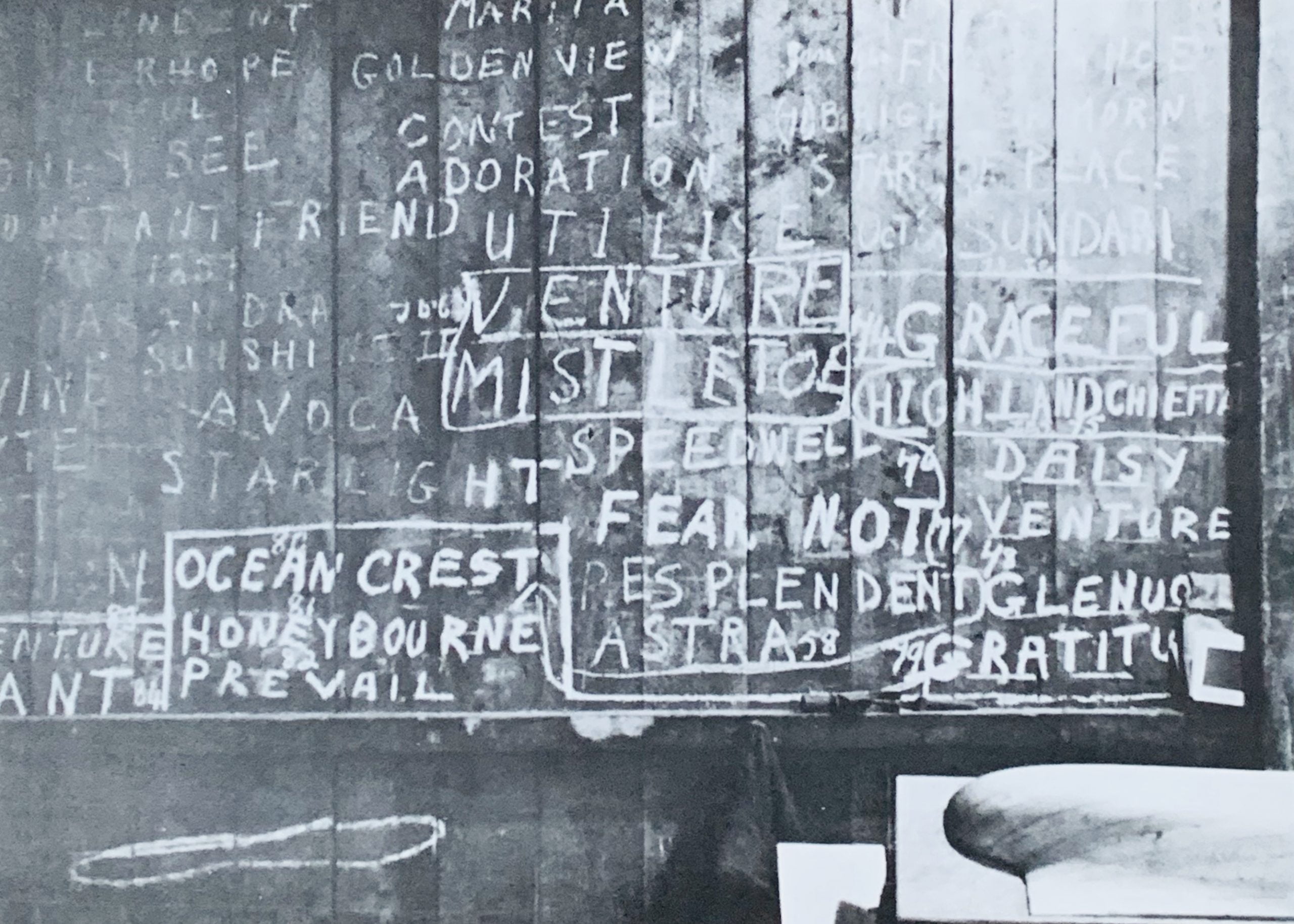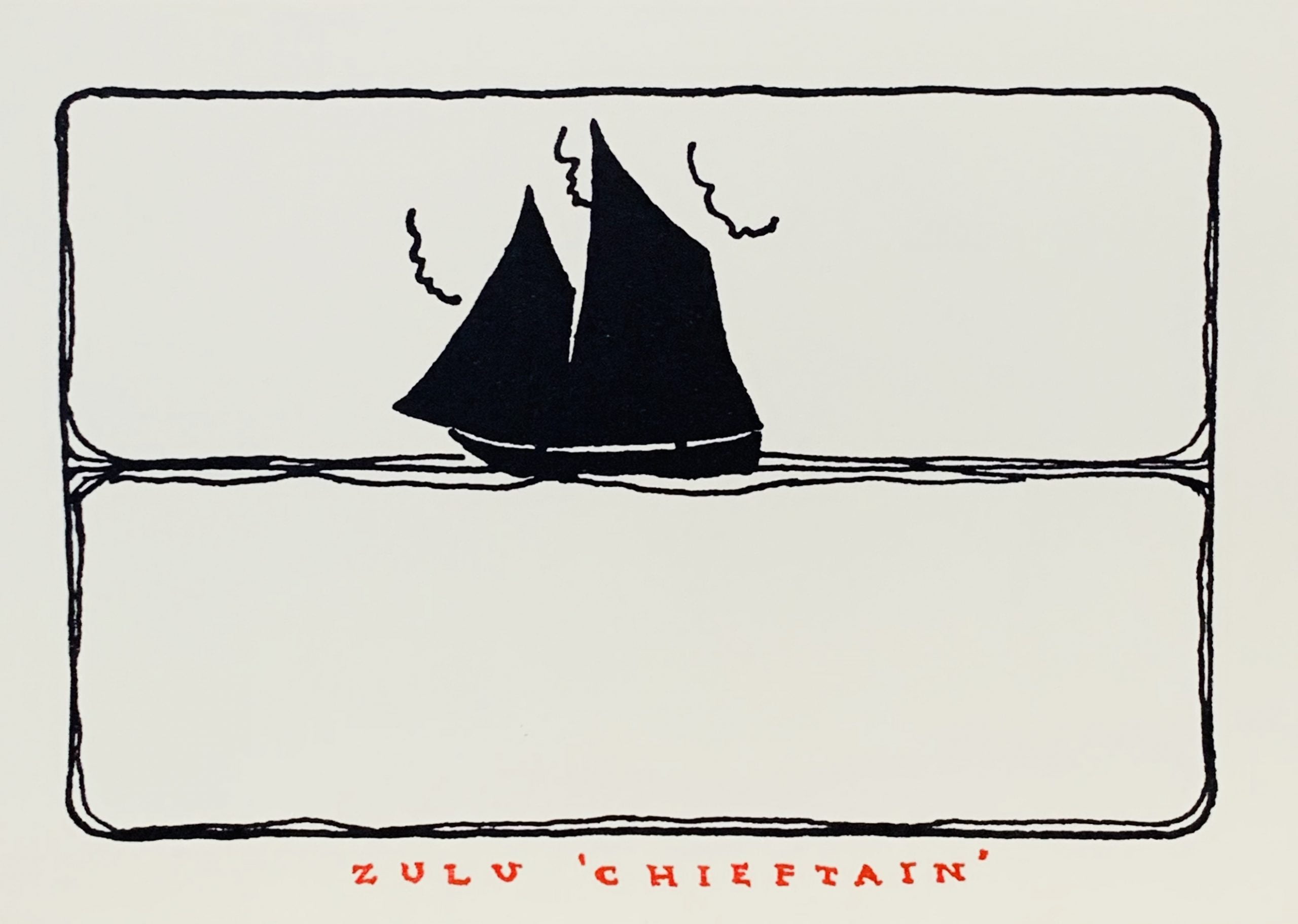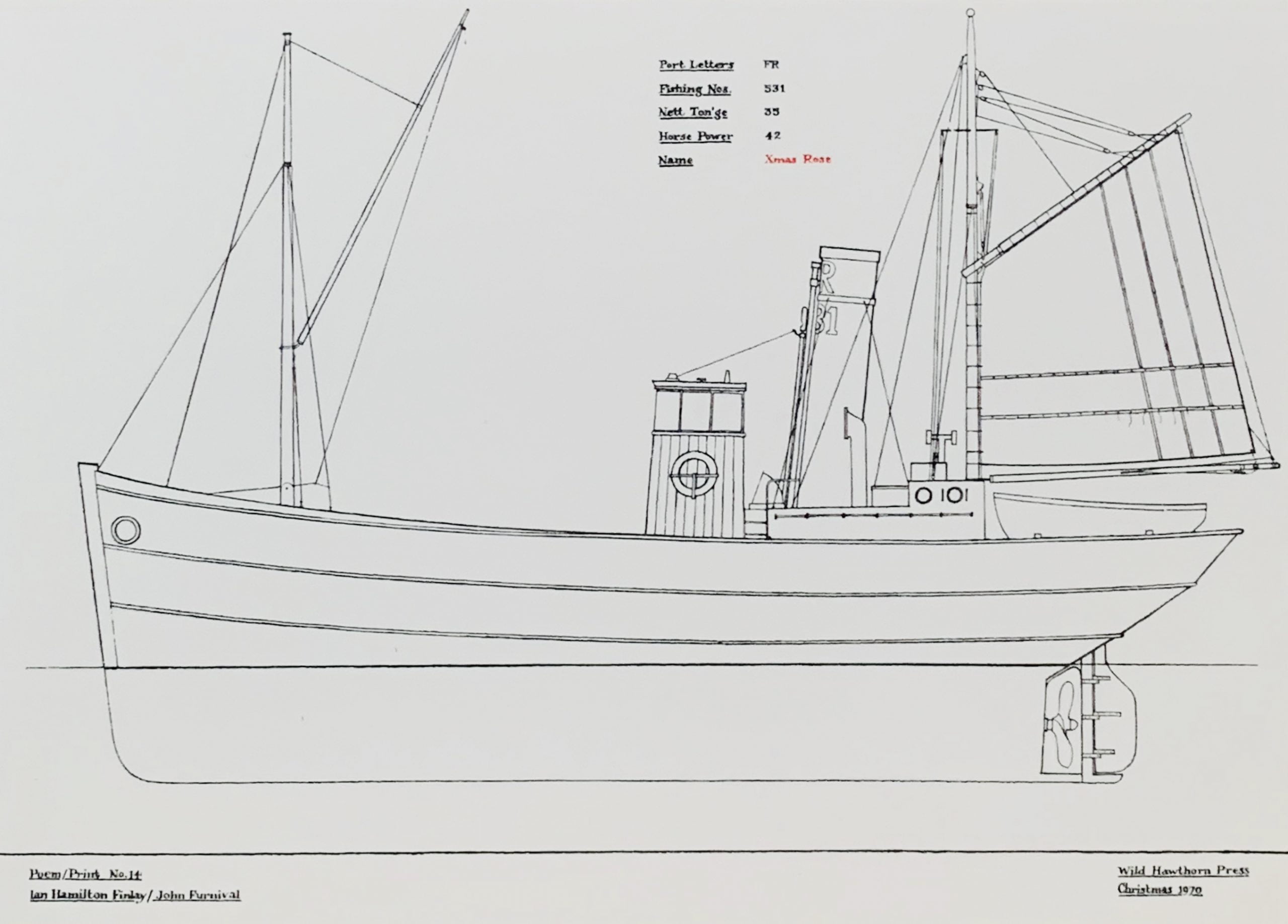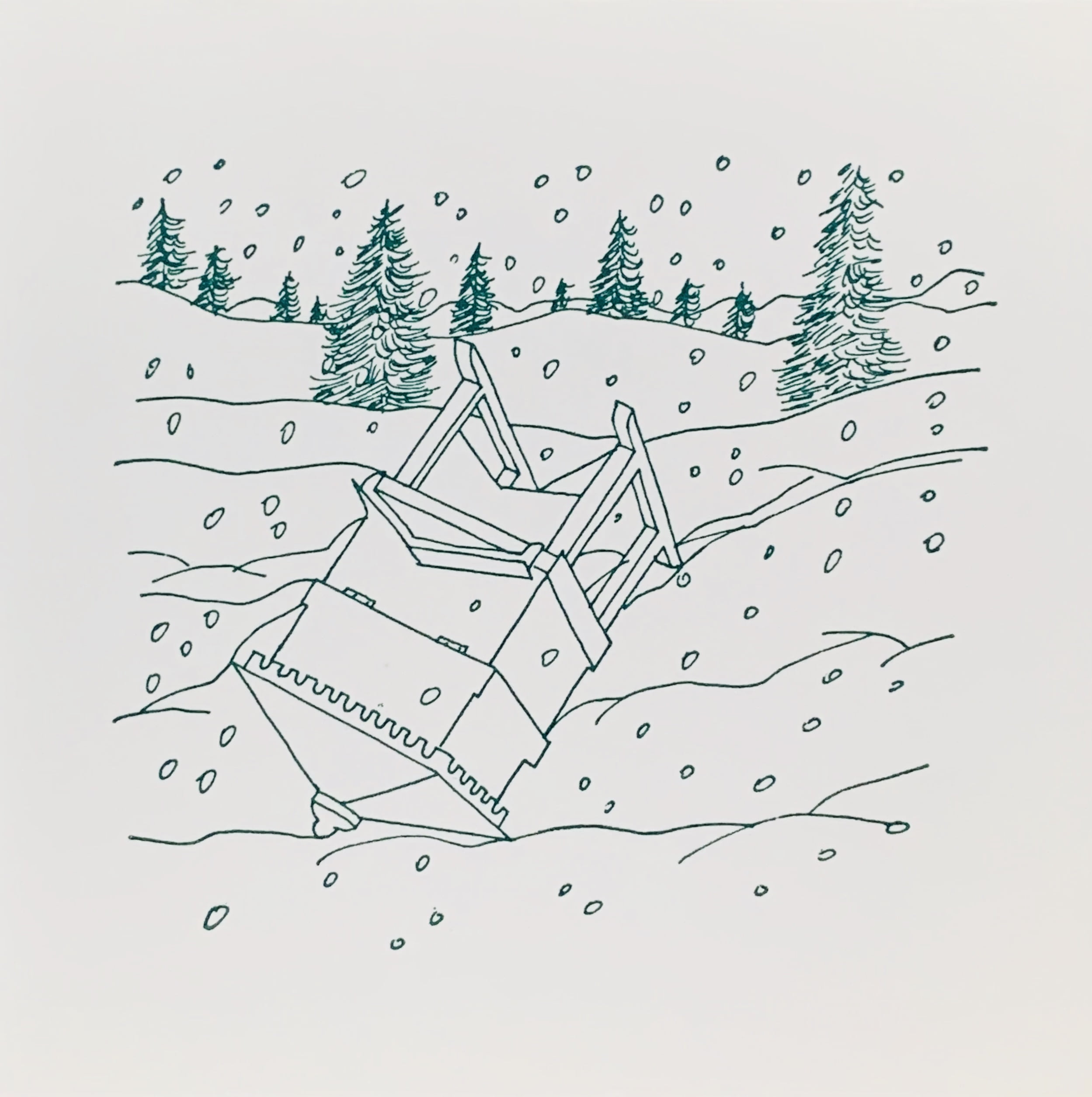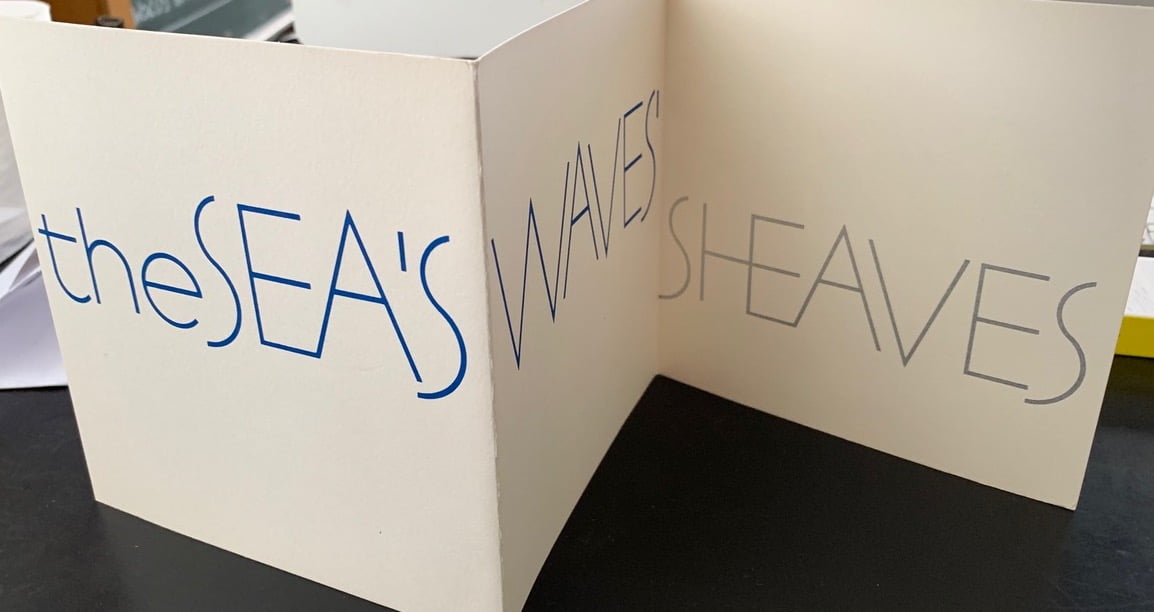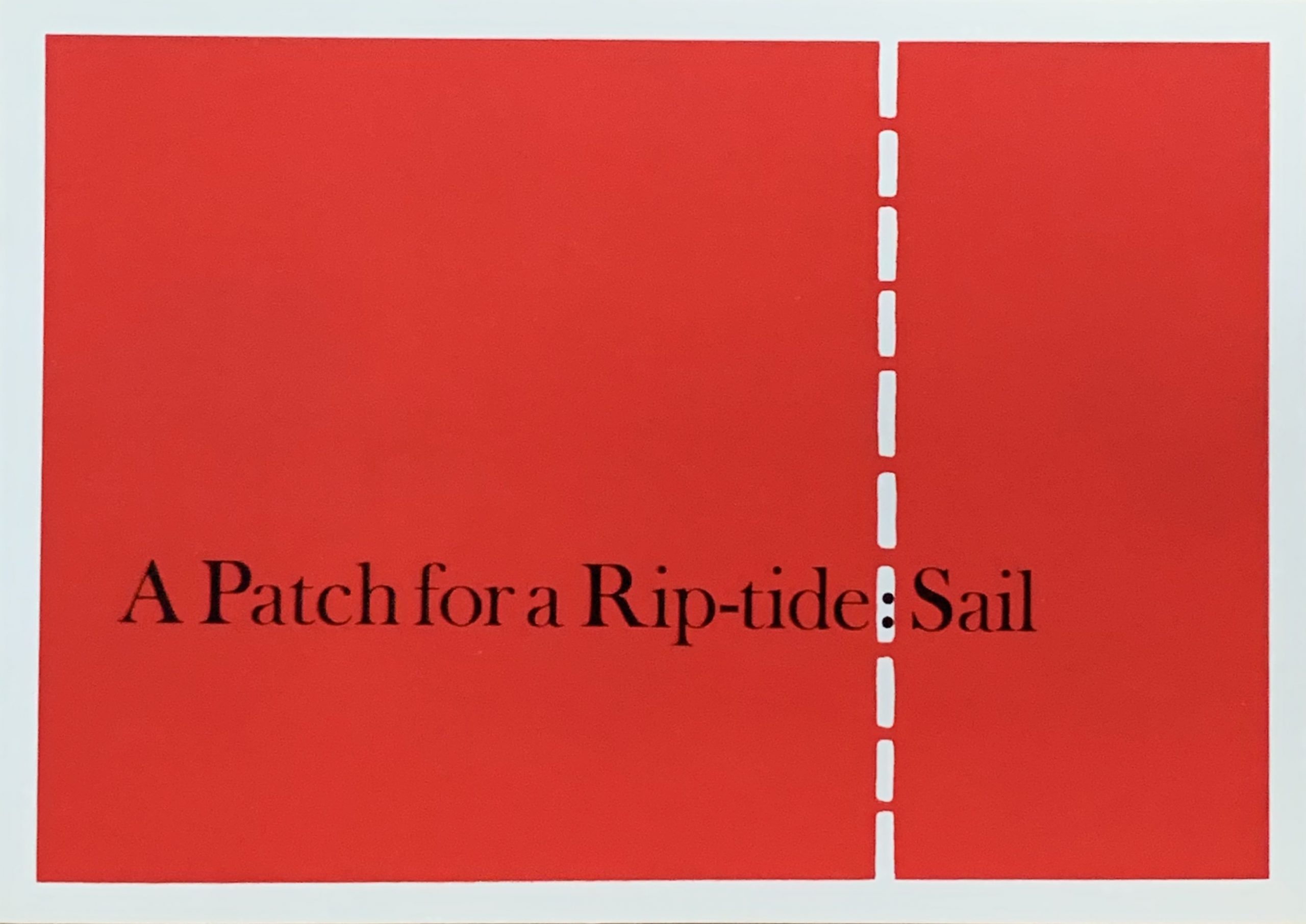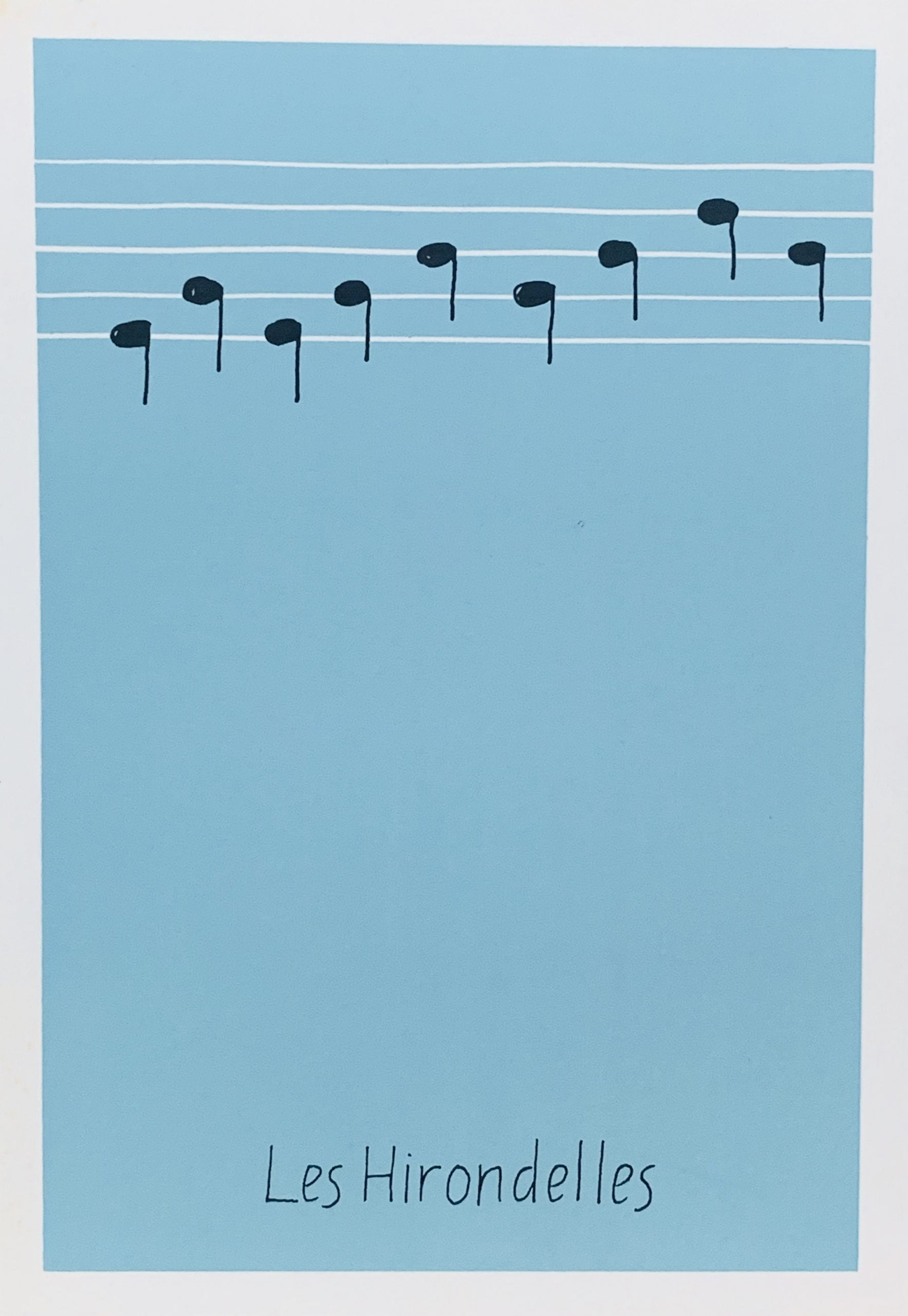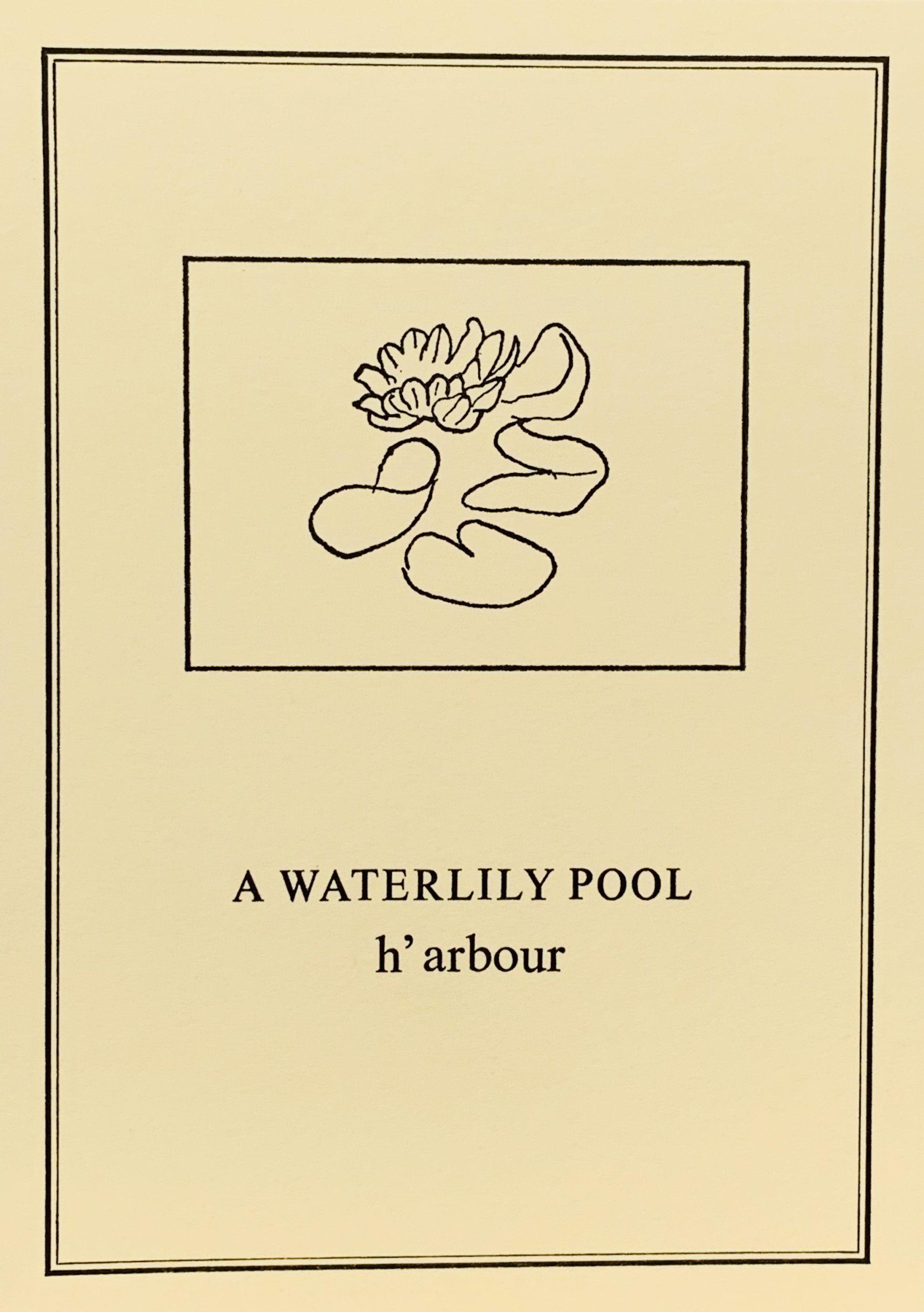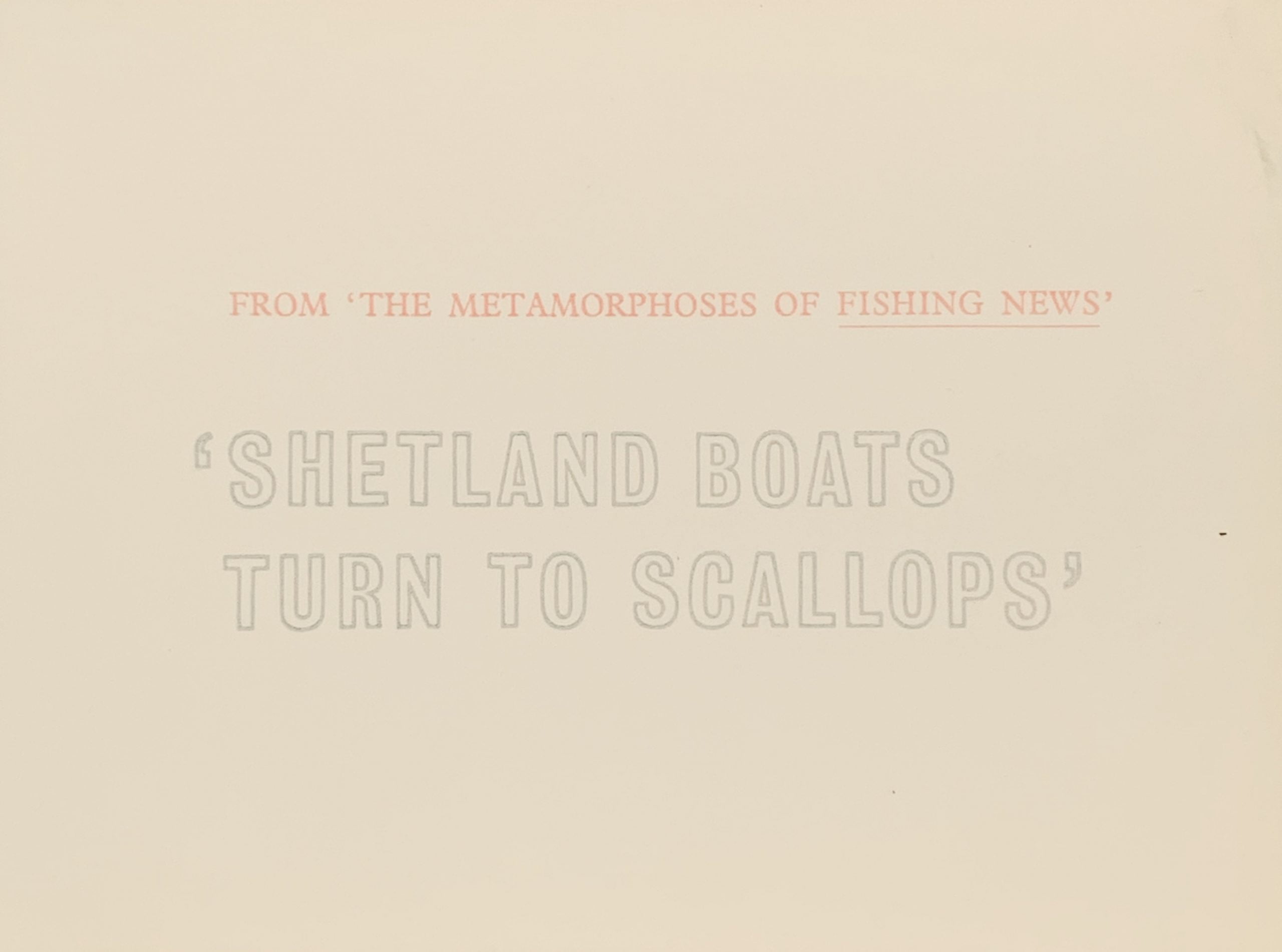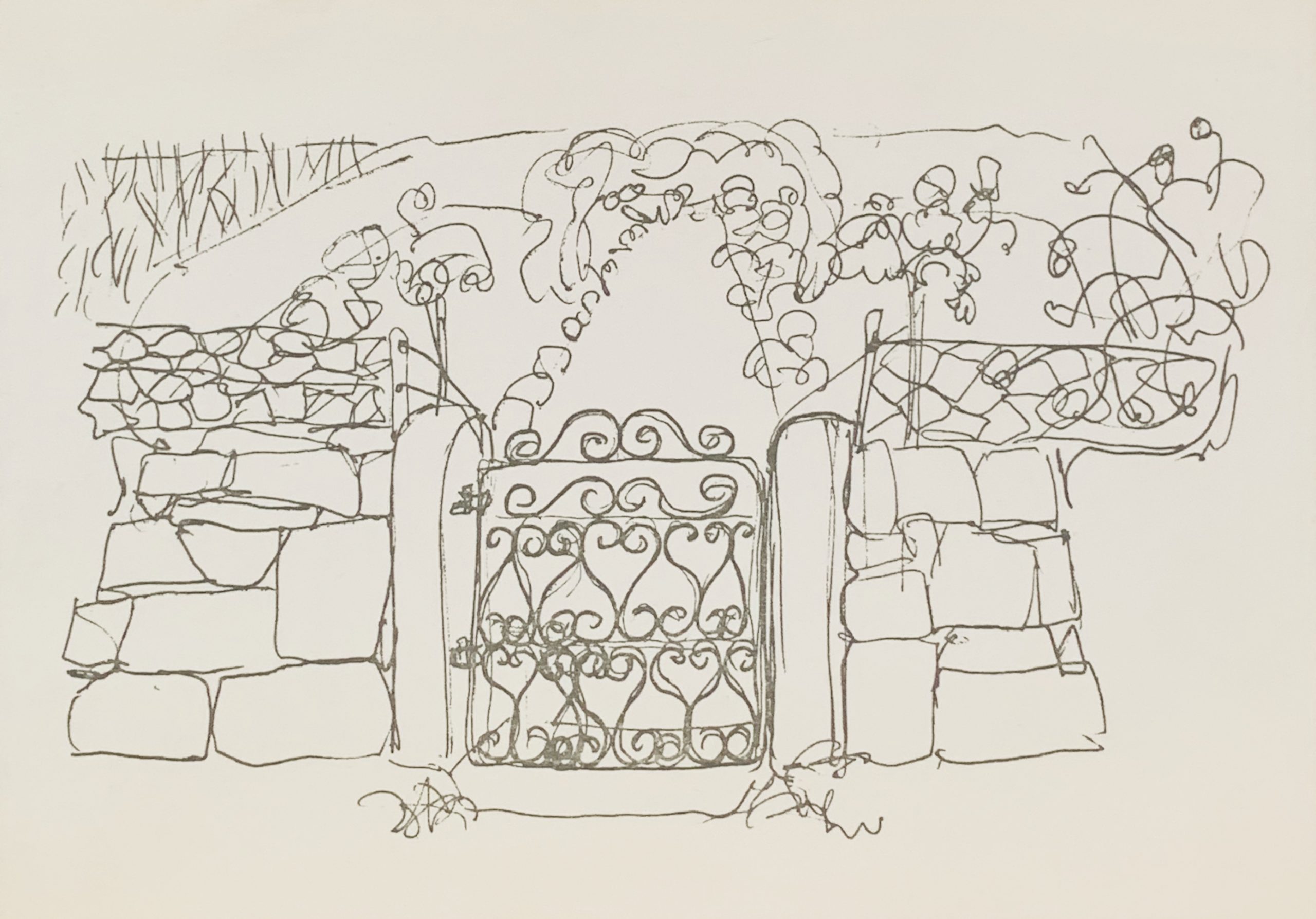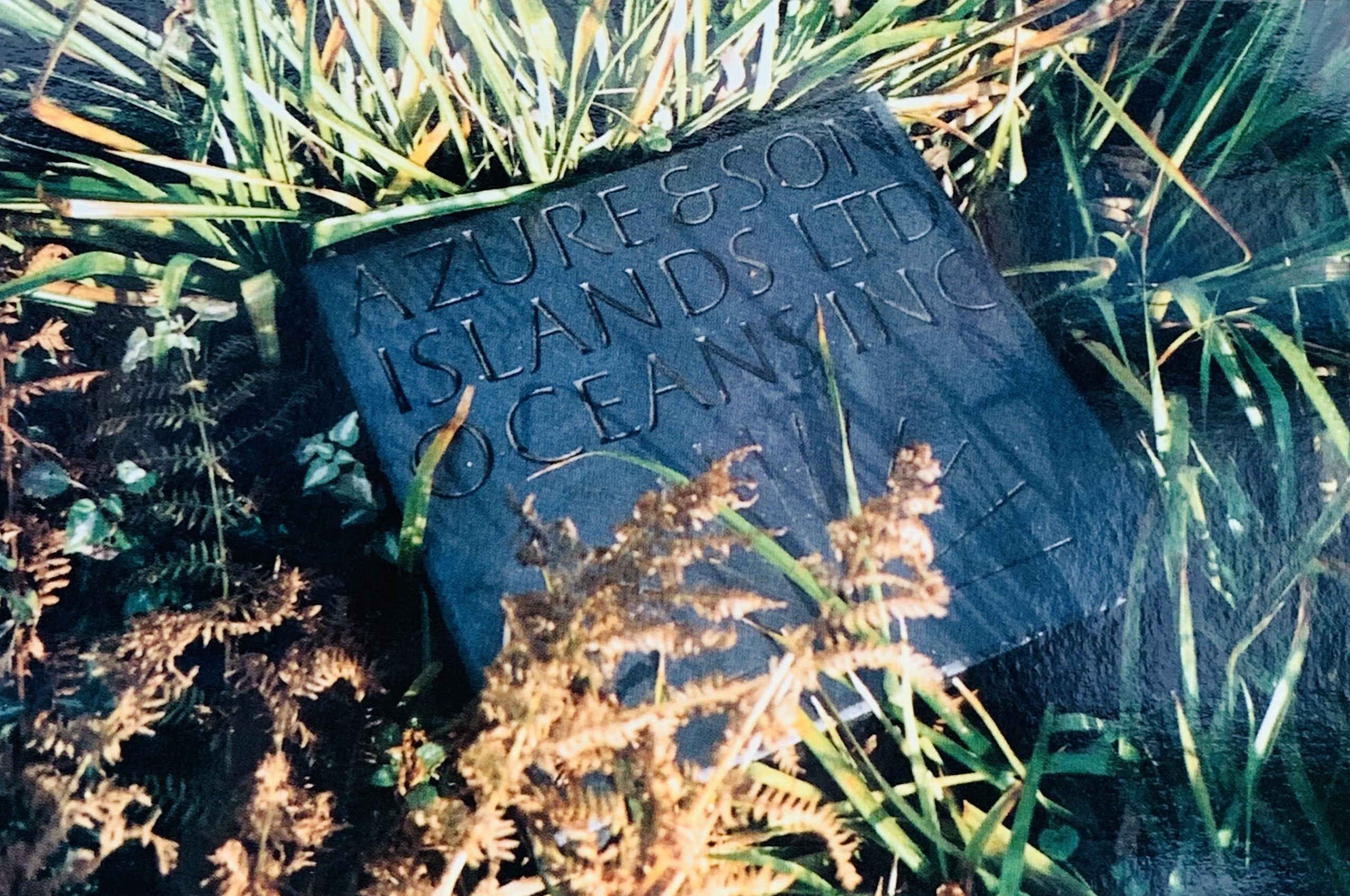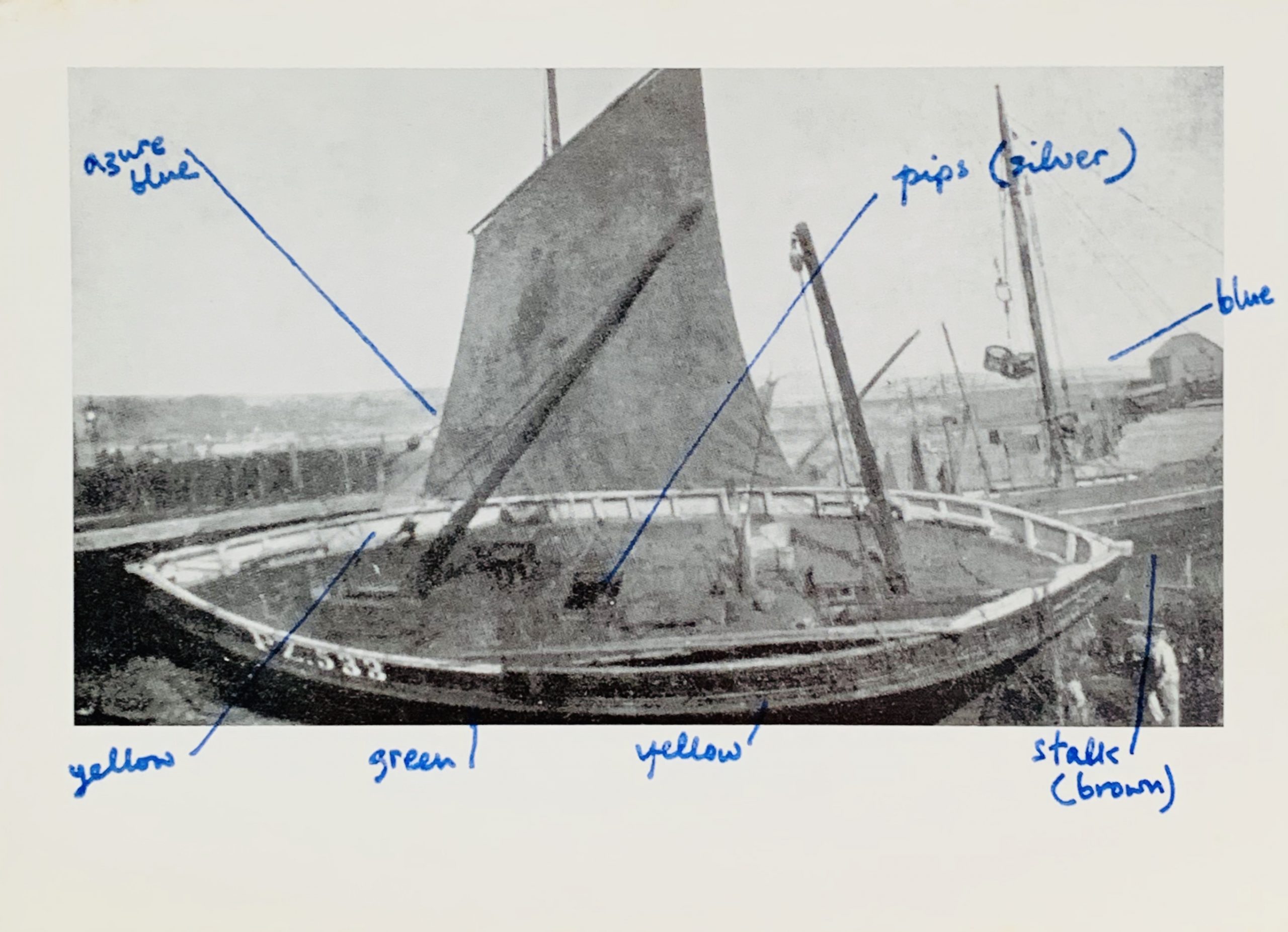Posted at 15:28h
in
Artist's Postcards
Dunsyre: Wild Hawthorn Press, 1970
11.7 x 16.4cm, 4pp. Christmas card with the image of a fishing boat by John Furnival along with the Port Letters (FR), the Fishing Nos (531), the net tonnage (53), horse power (42) and its name (Xmas Rose). A visual poem by Finlay - a companion work to the one published year earlier (Xmas Star). Both Xmas cards were also published as much larger prints by the Press. In this drawing the boat is facing left, the first card has the boat facing righ - perhaps the first going to fish, the second returning to port.
Finlay's interest in boat names and numbers is reflected in the beauty of Furnival's line drawing. The boat is a poem on water. VG+.
...

